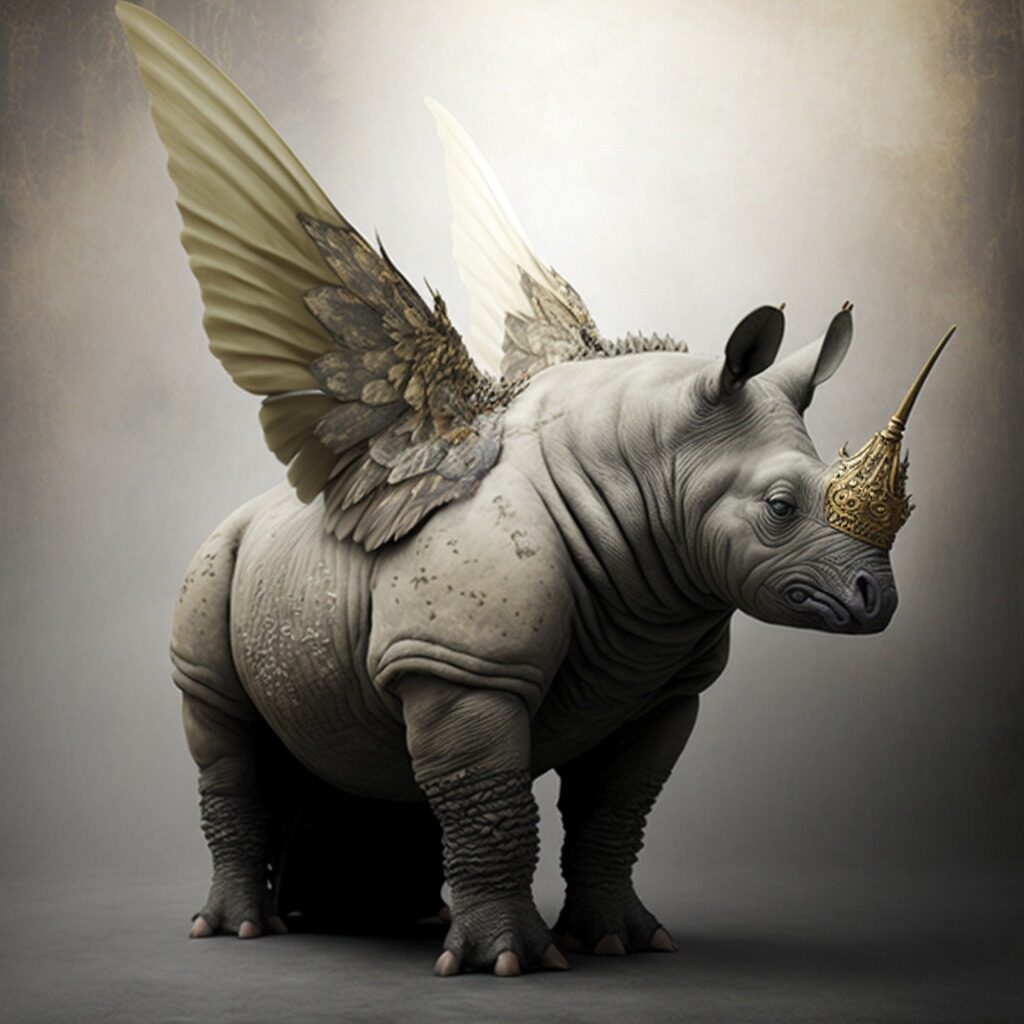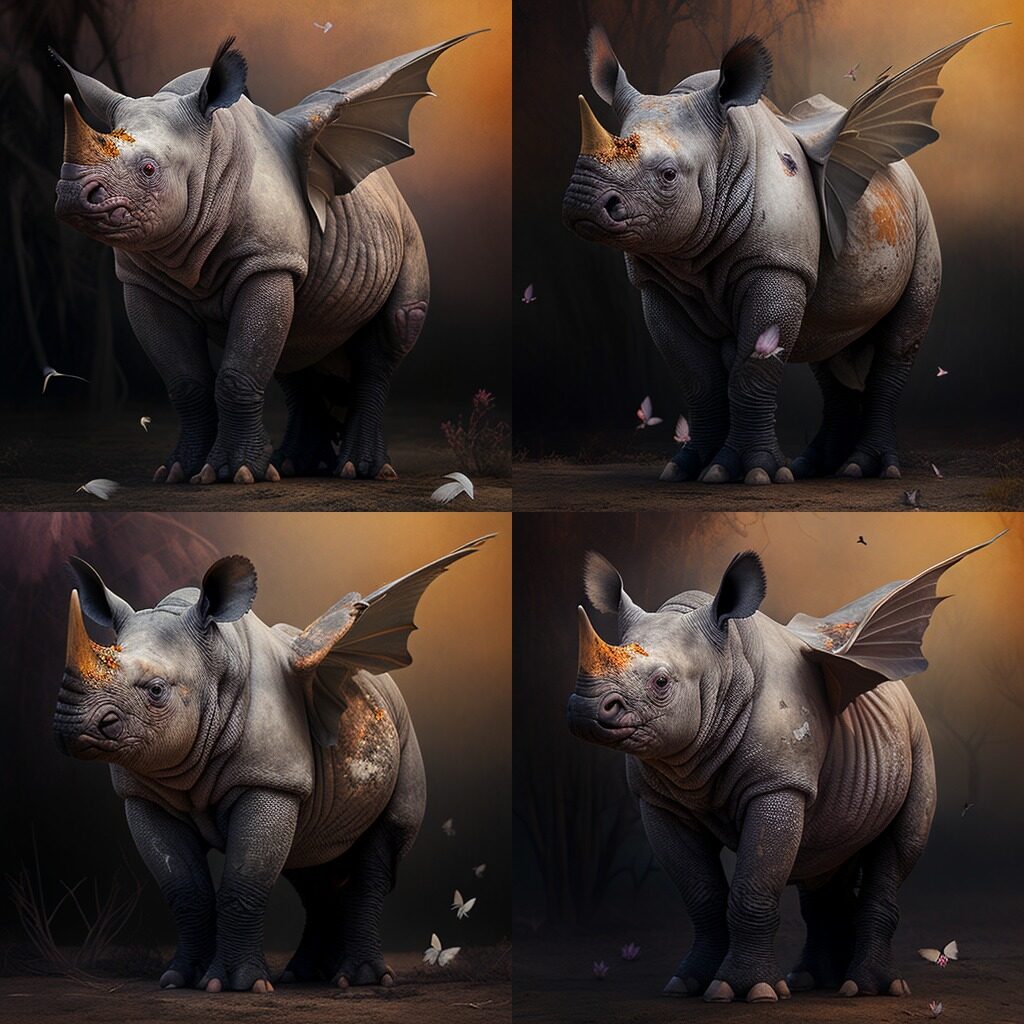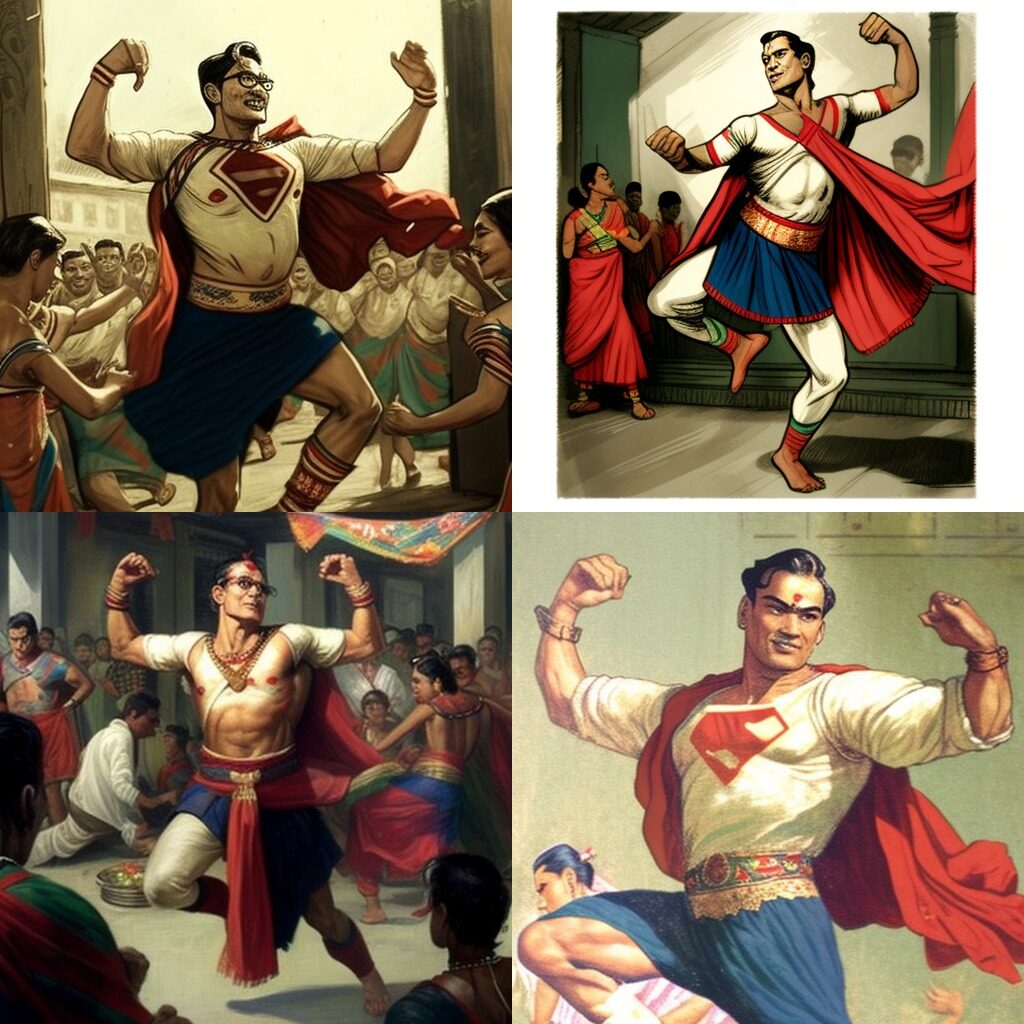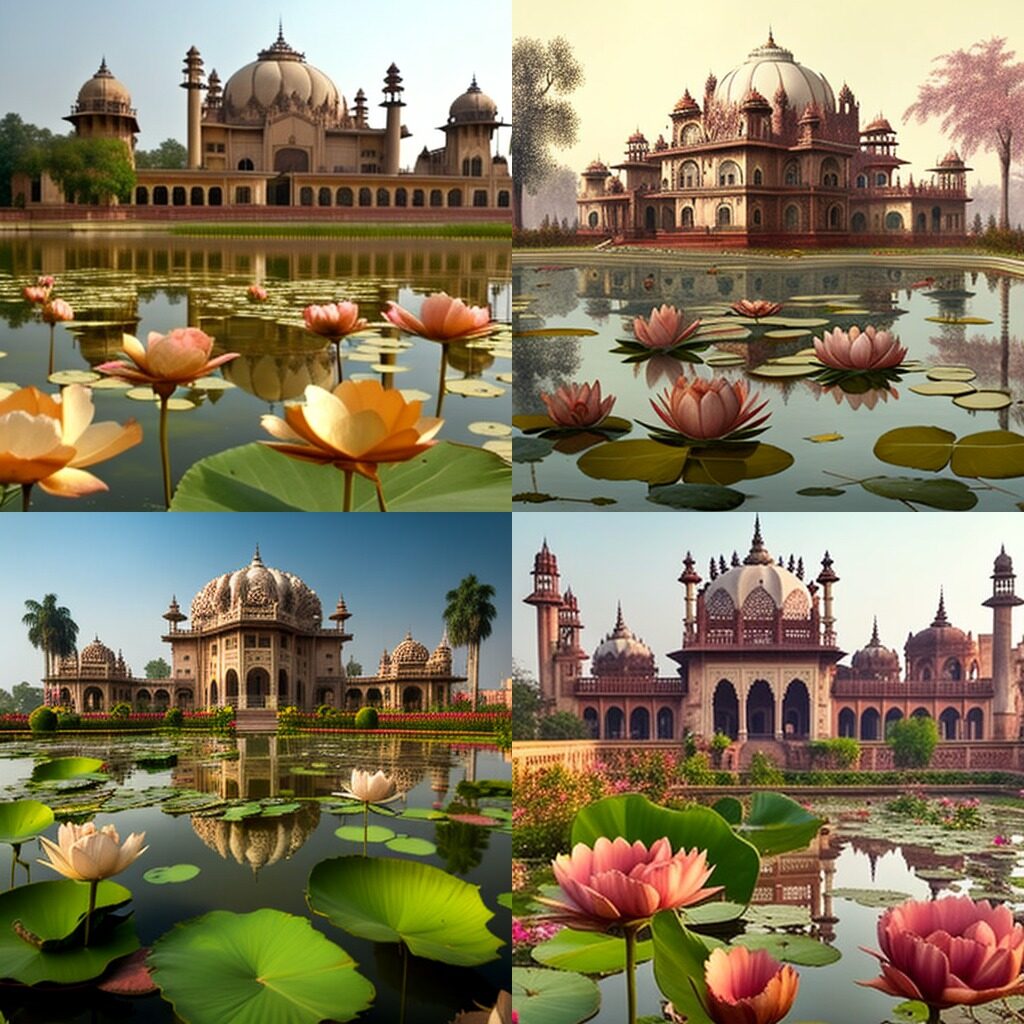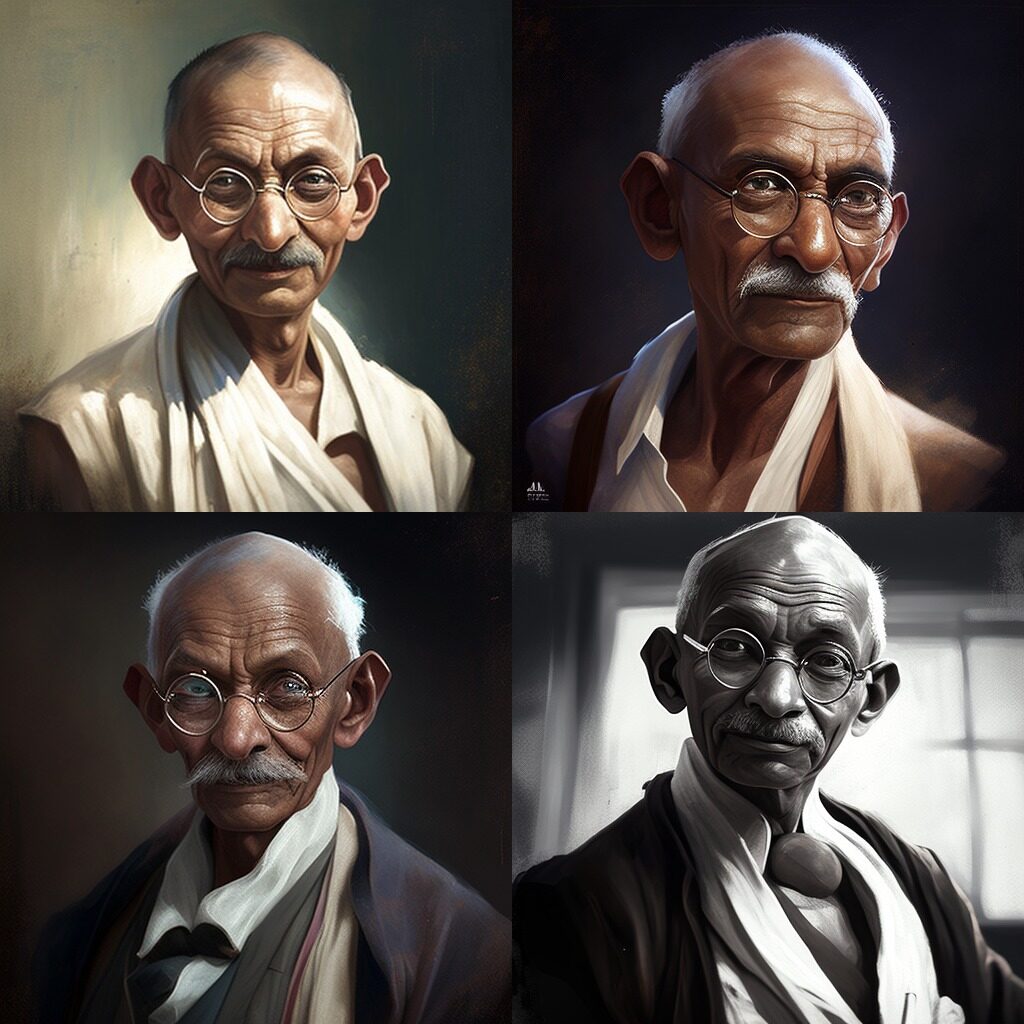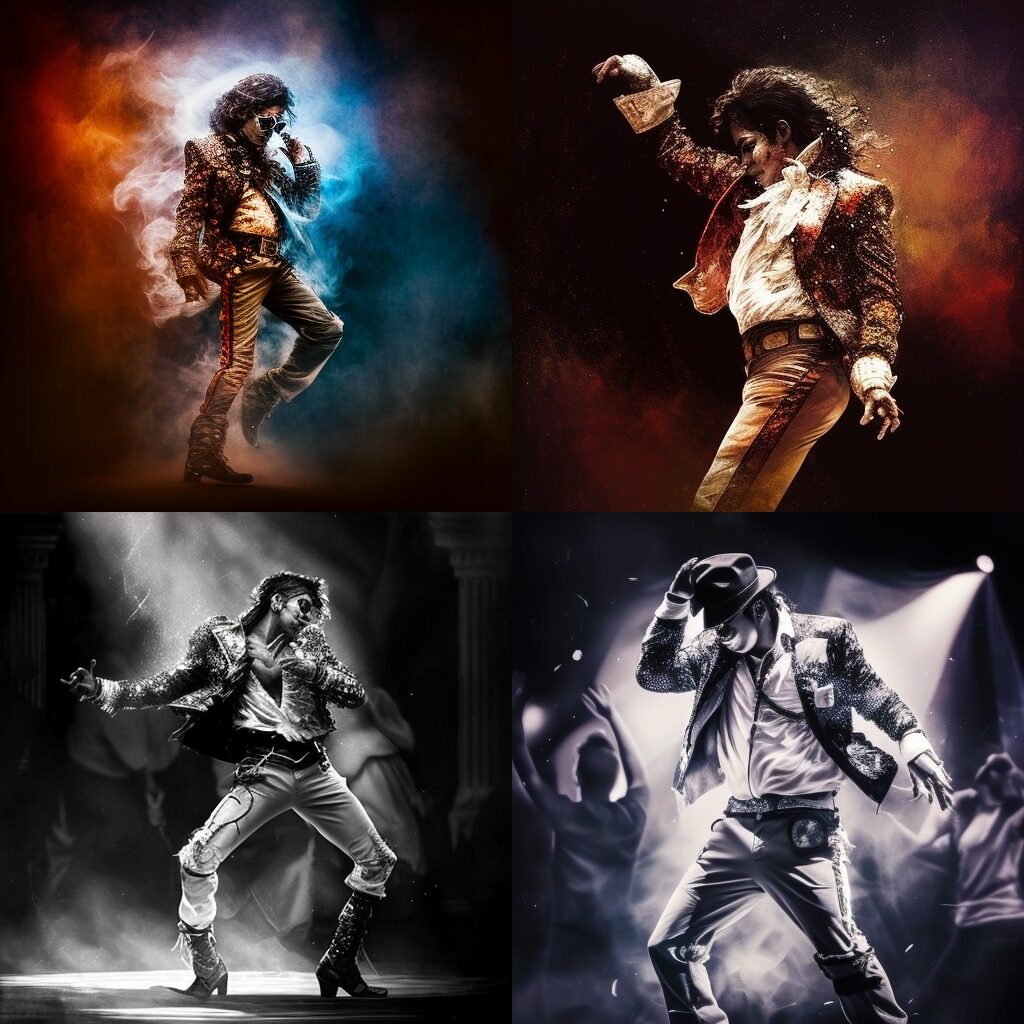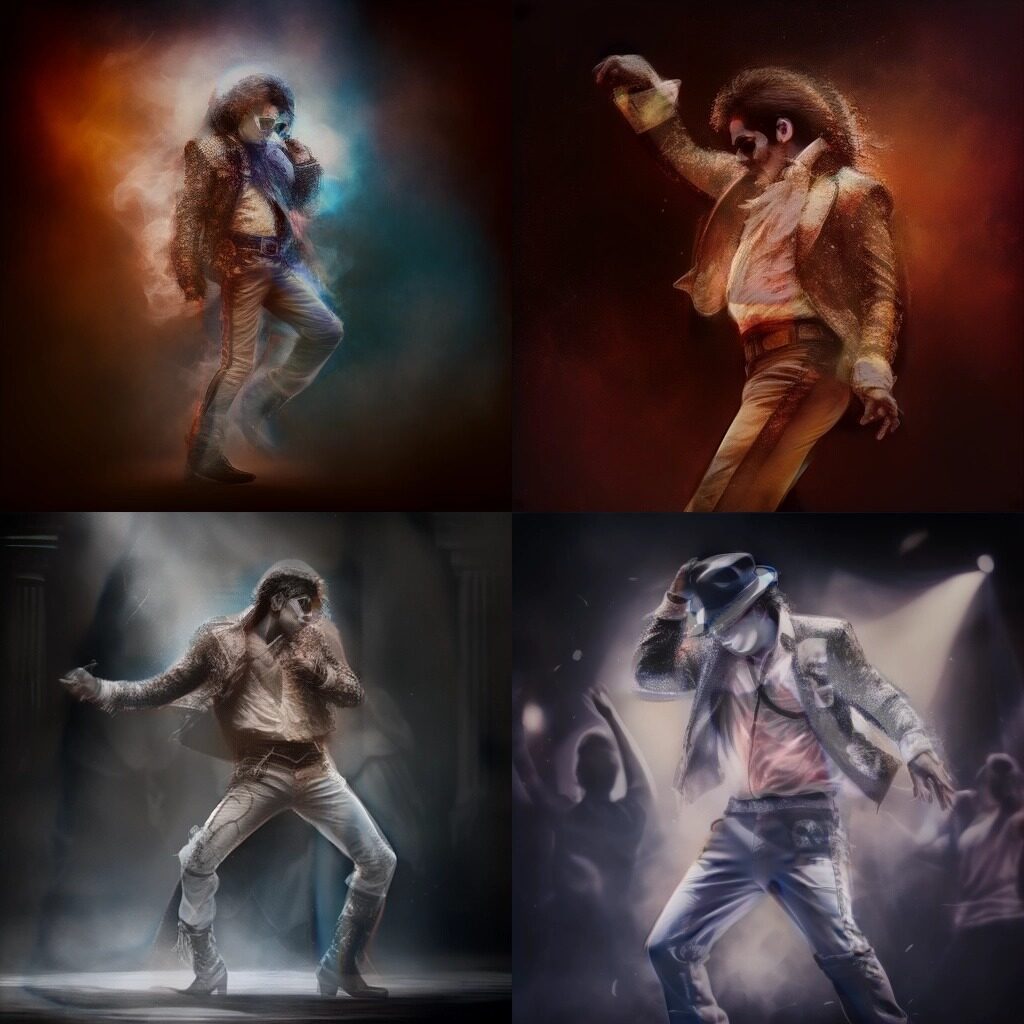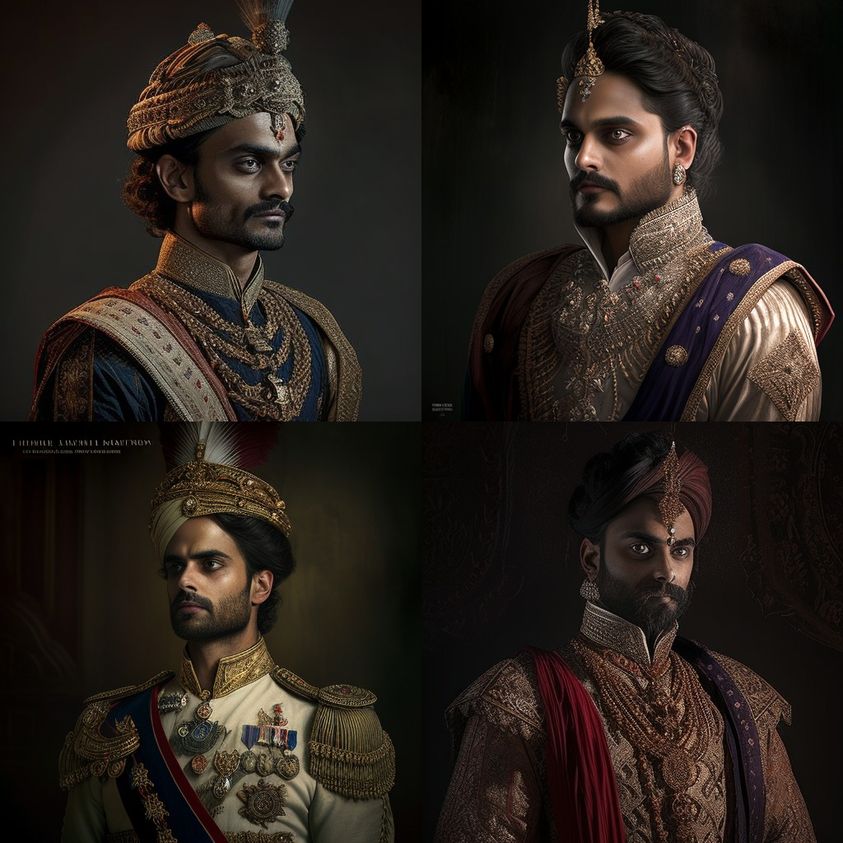Last Updated on अगस्त 26, 2024
The art of Artificial Intelligence
Hello World@ The first photographic technologies arrived and started to impact during 1830s and 40s. It was a marvel that changed the way to communicate. Now, the images weren’t painted, they were all real. Photography changed the perception towards art and gave way to new artistic movements. It was the democratization of art. Now, the arrival of the 21st century is adorned with many impactful technologies. Artificial Intelligence, popularly known as AI, is impacting the art the same way as photography did early.
Photography was embraced by the public but the creative community discarded it as art. It was too mechanical, as they said, to record the movements of life. But gradually photography did changed the world and gave free movement to the artistic expression. Photography did become an art. Now is the turn of AI to disrupt the visual world that we know of. The conflict between AI generated art and human generated art is all out there. AI is pushing to find the new relationship with the visual world. The possibilities of collaboration between imagination and technology is unfolding a never seen visual vocabulary. Computer vision powered by algorithms is the engine of AI. With generative models, especially GANs (Generative Adversarial Networks), art creation has evolved during the past ten years . These networks are capable of producing pictures that mimic those in the training datasets.
The CLIP model, a neural network trained on 400 million image/text pairings, was unveiled by OpenAI in 2021. From a variety of text descriptions, CLIP may choose the one that best describes a picture. The weights of the model were made public by OpenAI, giving artists the final piece of a jigsaw they would soon put together.
Just like photography, AI generated art can not replace the artists but provide an extension to the imagination.
Some AI generated art below!
AI generated images by: Nitin Vishwakarma, Senior Faculty, Communication Design
